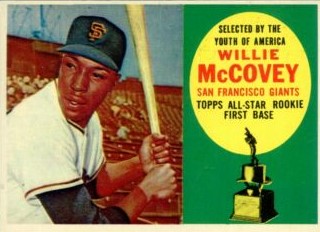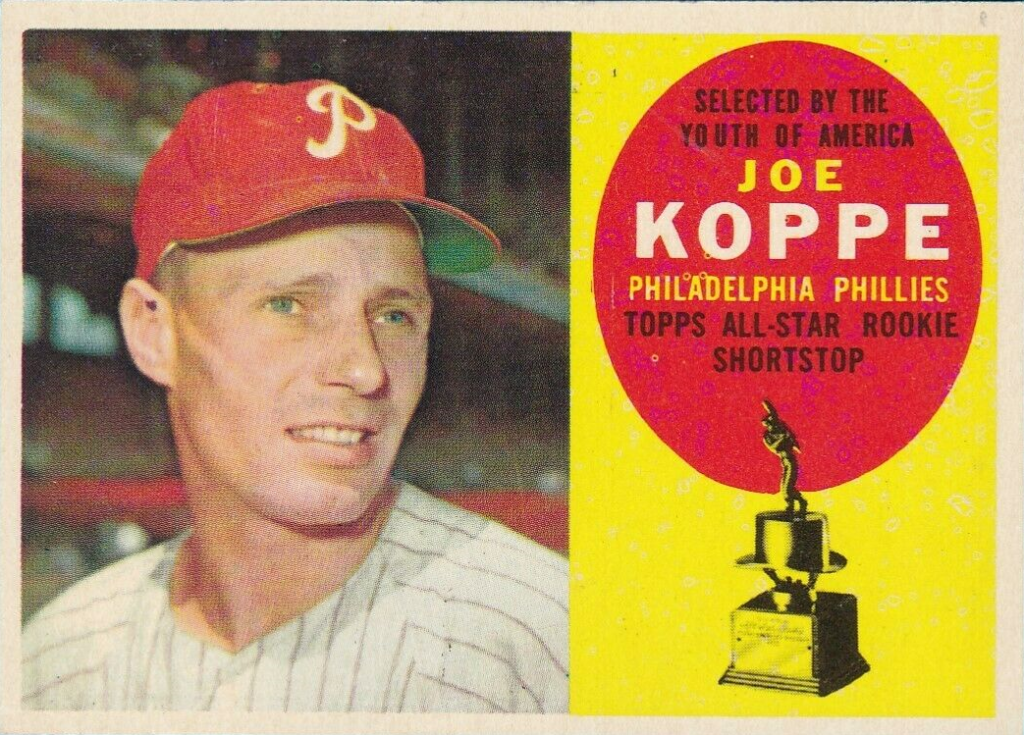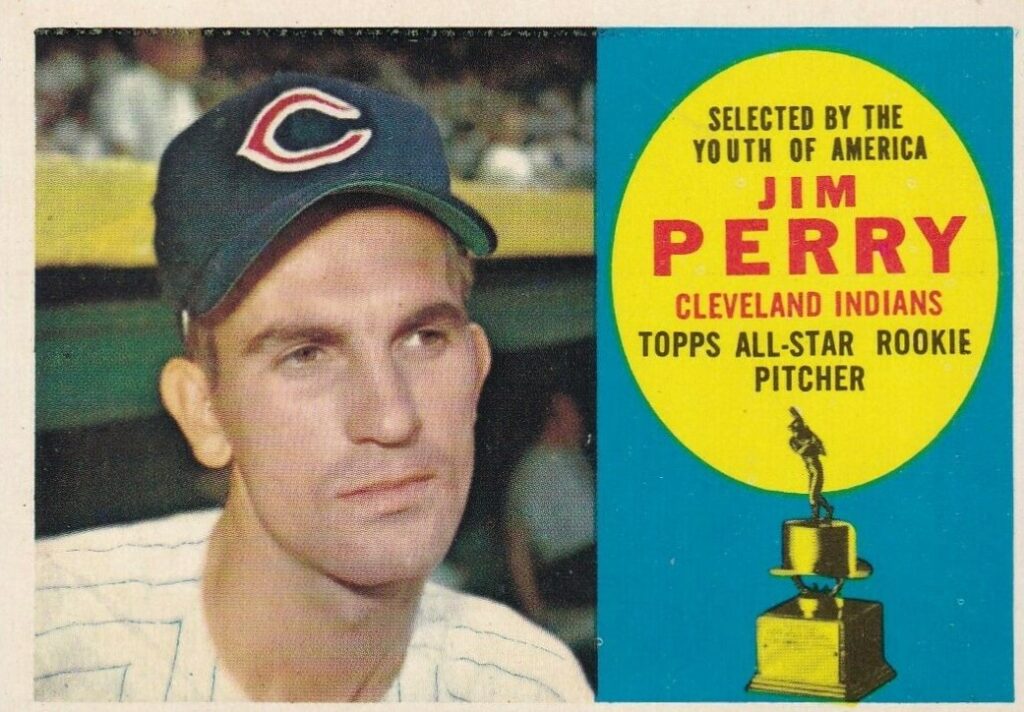The 1959 Topps All-Star Rookie Team featured an exciting mix of young talent, many of whom went on to have significant baseball careers, with some even achieving Hall of Fame status. Here’s a look at each of these standout players, along with their career stats and unique historical contributions.
Johnny Romano – C – White Sox
As a solid catcher, Johnny Romano played for the Chicago White Sox and Cleveland Indians, known for his consistent defense and offensive power. Over his 10-year career, he recorded a .255 batting average with 129 home runs and 417 RBIs, and he twice earned All-Star honors. Romano provided a reliable presence behind the plate, contributing to both his team’s defense and lineup depth.
Willie McCovey – 1B – SF Giants

Hall of Famer Willie McCovey was one of the most powerful hitters of his era, playing 22 seasons primarily with the San Francisco Giants. With a career batting average of .270, he hit an impressive 521 home runs and 1,555 RBIs. McCovey won the 1959 NL Rookie of the Year award and was a six-time All-Star. His nickname, “Stretch,” reflected his remarkable reach at first base, making him a defensive asset in addition to his feared bat.
Pumpsie Green – 2B – Red Sox
Pumpsie Green made history as the first Black player to play for the Boston Red Sox, breaking the team’s color barrier in 1959. Primarily a utility infielder, he played second base, shortstop, and third base. Over five seasons, Green had a career .246 batting average with 13 home runs and 74 RBIs. His contribution to baseball extends beyond his stats, as he paved the way for greater integration within the Red Sox organization and MLB.
Jim Baxes – 3B – Indians
Jim Baxes, a versatile infielder, played for the Los Angeles Dodgers and Cleveland Indians. Though his MLB career was short, he made a strong impression in his rookie season, hitting .246 with 17 home runs and 39 RBIs. Known for his power at the plate, Baxes’s promising career was cut short as he only played two MLB seasons.
Joe Koppe – SS – Phillies

Shortstop Joe Koppe played primarily for the Philadelphia Phillies and the Los Angeles Angels, known for his defensive skills. Over seven seasons, he batted .229 with 8 home runs and 91 RBIs. While he didn’t make a huge impact offensively, his reliable glove made him a valued infielder during his career.
Bob Allison – OF – Senators
Bob Allison, an All-Star and AL Rookie of the Year in 1959, played outfield and first base. With a career batting average of .255, Allison hit 256 home runs and collected 796 RBIs. He was a key player in the lineup and played an essential role in the team’s success in the 1960s.
Ron Fairly – OF – Dodgers
Ron Fairly was dependable and versatile who played for several teams, including the Los Angeles Dodgers and Montreal Expos. In a career spanning over two decades, Fairly hit .266 with 215 home runs and 1,044 RBIs. Known for his clutch hitting, Fairly won two World Series titles with the Dodgers in 1959 and 1963.
Willie Tasby – OF – Orioles
Willie Tasby, a speedy outfielder, played for the Orioles, Red Sox, and Indians. He , posted a .250 career batting average with 46 home runs and 174 RBIs. Tasby’s athleticism and versatility allowed him to be a valuable asset in the outfield throughout his eight-year career.
Jim Perry – RHP – Indians

Jim Perry enjoyed a successful 17-year career, highlighted by his 1970 AL Cy Young Award win. Perry recorded a 215-174 win-loss record with a 3.45 ERA. He amassed 1,576 strikeouts and earned three All-Star selections, making him one of the top pitchers of his generation.
Jim O’Toole – LHP – Reds
Jim O’Toole, a left-handed pitcher for the Cincinnati Reds, was known for his impressive pitching mechanics. With a career 3.57 ERA and a 98-84 record, he was a vital member of the Reds’ rotation and an All-Star in 1963. O’Toole helped lead the Reds to the 1961 World Series, where he pitched admirably despite the Reds losing to the Yankees.
This class of 1959 Topps All-Star Rookies featured many standout players who contributed to their teams in unique ways, from breaking racial barriers to winning World Series titles and individual awards.